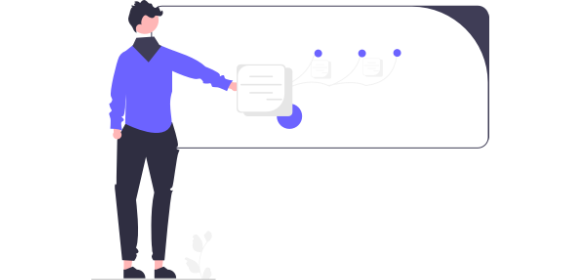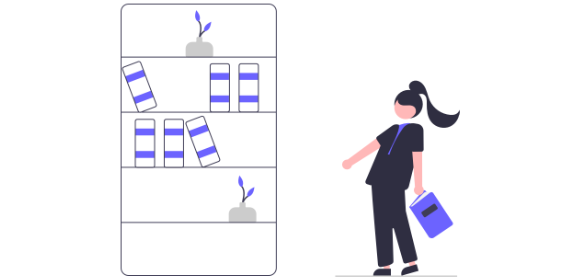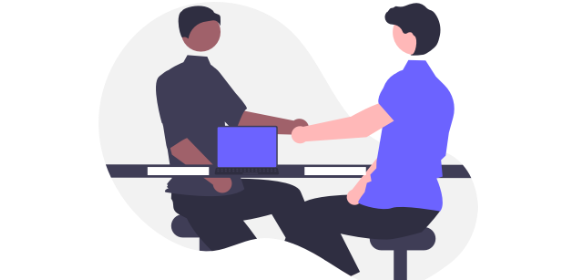How to Record & Transcribe a Lecture

How to transcribe a lecture
If you're a student, you'll know how challenging it can be to keep up with note-taking during a lecture. You're frantically scribbling down what your professor just said, and before you know it, you've missed a huge chunk of information, your notes end up messy and confusing, and you lose track of what they've moved on to next.
And if you're a professor, you'll know how time-consuming it can be to create notes to accompany your slides, so students who miss class can catch up.
That's where recording the lecture and creating a lecture transcription becomes incredibly useful. For students, it means you can stay focused on the lecture, knowing detailed notes will be available afterwards. For professors, it means automatic lecture notes to share with your students.
In this guide, we'll walk you through how to record a lecture - whether it's online or in person - and how to transcribe it afterwards.
Jump to:
Why record a lecture?
There are multiple reasons to record a lecture, for both students and professors.
For students:
- Stay focused during the lecture
Recording your lectures allows you to stay fully engaged and focused, knowing you can watch the recording back (or better yet, get a transcription) later. Plus, without your laptop open, you're less likely to get distracted by social media or news!
- Learn at your own pace
Everyone learns differently, and recording your lectures means you can review the content on your own schedule and at your own pace. This can help manage information overload, reducing stress and mental fatigue.
- Get searchable and shareable notes by transcribing the recording
Transcribing your lecture recordings gives you searchable notes that you can quickly skim and condense into revision materials. Share these notes with your classmates for some extra kudos!
For professors
- Make lectures more accessible
Sharing recordings of your lectures helps make your content accessible to all students. This includes those who are hard of hearing, have learning disabilities, are non-native English speakers, or have different learning styles.
- Give students the chance to catch up
If a student is sick or falls behind, a lecture recording allows them to catch up, fill in any gaps in their notes, and stay on top of their studies.
- Save time creating detailed lecture notes
Recording your lectures and obtaining a transcript can save you time. Instead of annotating slides and creating detailed notes for your students, the transcription serves as a ready-made comprehensive reference.
How to record a lecture
Before the lecture begins, you'll need to do a bit of preparation:
1. Get the right equipment
Whether you're a student or professor recording an in-person lecture, or a professor recording an online class, you'll need a good voice recording device. While many laptops and smartphones have built-in microphones, they often don't capture a good quality recording of the lecture. Instead, invest in a hand-held recording device or an external microphone that can be plugged into your laptop or smartphone - the initial investment will pay for itself over the course of your studies!
2. Students, sit up front
Even with an external microphone or handheld recording device, you're not going to capture everything the professor says if you're sitting at the back of the lecture hall. To get the best quality recording, sit close to the professor, ideally in a quiet row to minimize background noise.
3. Professors, choose your online recording tool
If you're conducting your lecture virtually, then your school or college likely uses specific learning management software, like Zoom or Microsoft Teams, for hosting online lectures. Both platforms allow you to record your lectures, and only the meeting host can start the recording. But once the lecture has ended, all attendees have access to the recording.
Note for students: Online lectures won't always be recorded, and since only the host can start the recording on Zoom and Teams, you'll need to ask your professor ahead of time to hit record.
4. Students, get permission
This is important. Not all professors allow their lectures to be recorded. Many are concerned about their intellectual property being distributed, and many colleges have formal policies on recording academic lectures.
Always check with your professor to ensure they're okay with you recording the lecture, and never distribute or share the recording outside of personal use, as this could breach copyright laws.
5. Hit record!
Start the recording, and remember to press stop and save your audio file once the lecture has ended.
Then it's time to transcribe the lecture recording...
How to transcribe lectures
Once you've recorded your lecture, it's time to sort out your revision notes. There are two ways to do this: you can transcribe the lecture yourself, or use a transcription tool like Transcribe.
- Do it yourself
Manually taking notes is the cheapest option, but it does involve watching the entire lecture again. With frequent stopping and starting, an hour-long lecture could easily take up a couple of hours of your valuable time! This method can be very time-consuming and mentally exhausting, so it's not the best choice for efficient studying.
- Use the Transcribe app or online editor
This is by far the easiest way to get lecture notes. Simply upload your recording to Transcribe and you'll receive a detailed transcription in just a few minutes. Once you have the transcription, you can:
-
Export it in your preferred format (including DOCX and PDF)
-
Skim-read it and search for key points
-
Condense the information and reformat it into easy-to-read notes
-
Share your notes with your classmates for extra kudos!
With Transcribe, you get your first 15 minutes of transcription time for free. After that, you can buy additional credit for $5/hour (less than the cost of your campus coffee!) or save money and get 10 hours for $30.
How to transcribe a lecture using Transcribe
1. Get Transcribe
Download the Transcribe app or launch the online editor
2. Upload your lecture recording
You can import audio or video files from any app or cloud storage system, including Google Drive and Dropbox. You can also integrate with Zoom for quick and easy transcriptions of Zoom lectures.
3. Choose your language
Select the language of your lecture recording from more than 120 languages and dialects.
4. Start the transcription process
Your lecture transcript will be ready in just a few minutes. We'll send you a notification when your transcription is complete.
5. Your transcription is ready!
You can now edit the transcript in the app, online or in your preferred file format. With our standard version you can export your transcribed text to TXT, or upgrade to our PRO service to export to PDF, DOCX, SRT and JPG.
Ready to transcribe your lectures?
Download the Transcribe app or online editor to get started.

Seven benefits of academic transcription
Discover why getting an academic transcription is beneficial for both teachers and students, and learn how to get an academic transcription with Transcribe.

How to Interview Someone for an Article
Looking to interview someone for an article as part of your company's marketing strategy? Check out our seven top tips for carrying out a successful interview.